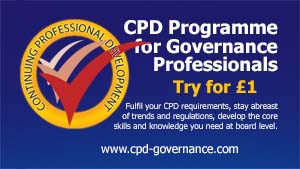Dilts Learning Model
People learn by connecting cognitive maps to reference experiences.
- Cognitive maps are made of sensory and language representations.
- Reference experiences are made of remembered, ongoing or constructed experiences.
Any effective learning process has a structure consisting of the feedback loop between:
- A goal
- Evidences (assessments as to outcomes)
- Operations
Individuals change their behaviour through the establishment of personal reference experiences and cognitive maps. Cognitive knowledge without experiential knowledge is just theory. Another part of the learning process has to do with facilitating behavioural performance with respect to cognitive maps and models. Effective performance has to do with enacting a model or connecting it with behaviour or to personal experiences. Thus, the primary event in learning involves the connection of some kind of cognitive map to some kind of concrete reference experience.
Unconscious competence comes from the establishment of reference experiences. Conscious competence comes from the ability to code one’s experiences. Coding is the establishment of a connection between a map, abstraction of label and personal reference experiences.
The essential process of facilitating learning involves assisting learners in the formation of an internal cognitive map and the connection of that map to the appropriate reference experiences that give that map practical meaning in terms of external observations and behavioural results. The general activities of an instructor are centred around delivering cognitive packages and creating reference experiences through some kind of learning activity.
Cognitive packages: define a particular space to be established or opened. A specific cognitive package is a verbal or visual embodiment or manifestation of an idea or concept.
Learning activities: define the reference experiences needed to give the cognitive package practical meaning. The verbal labels and examples, and the visual symbols that make up cognitive packages acquire practical meaning for a learner only through their connection to personal reference experiences. A reference experience is a personal memory, an ongoing observable behavioural demonstration or a constructed (imagined, fantasised) experience, on the part of the learner. The purpose of such experiences is to activate either existing unconscious competence or other already existing perceptions of abilities.
In essence, the activities of an instructor serve one of four purposes:
- Deliver cognitive packages
- Help widen the learner’s perceptual maps
- Activate reference experiences for cognitive packages
- Connect reference experiences to cognitive maps.



